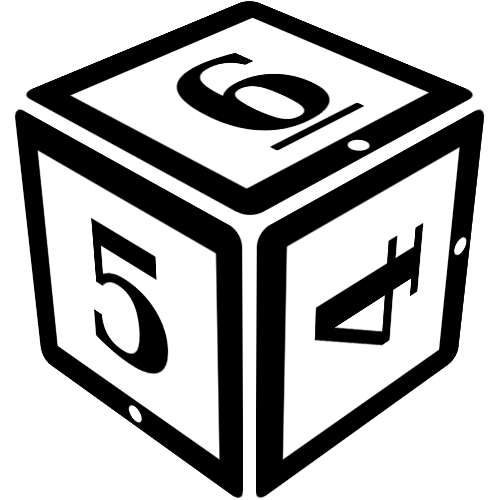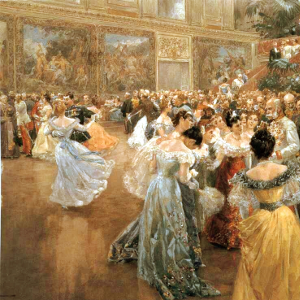The courtesy title 'Laird' is a generic name for the owner of a large, long-established Scottish estate, roughly equivalent to an Esquire, yet ranking above the same in Scotland.
This rank is held only by those holding official recognition in a territorial designation by the Lord Lyon King of Arms (i.e. letters patent). The title however is not personal property but is tied to the estate (i.e the lairdship) and generally has obligations towards the community.
The laird may possess certain local or feudal rights. A lairdship carried voting rights in the ancient pre-Union Parliament of Scotland, although such voting rights were expressed via two representatives from each county who were known as Commissioners of the Shires, who came from the laird class and were chosen by their peers to represent them.
Style
Lairds use the following Style, Laird of [lairdship]. The formal title is The much Honoured [name] [surname], laird of [lairdship].
While the wife of a laird (or a woman who holds a lairdship in her own name) can be formally styled as "The Much Honoured [name] [surname] of [lairdship] they are commonly referred to as "Lady" (of [lairdship]).
The male heir apparent of a lairdship is entitled to use the courtesy title "The Younger" (abbreviation Yr or yr) at the end of his name.
The eldest daughter – if the heir apparent – is entitled to use the courtesy title "Maid of [Lairdship]" at the end of her name. Alternatively, she is known as "Miss [Surname] of [Lairdship]", as would be an only daughter.

